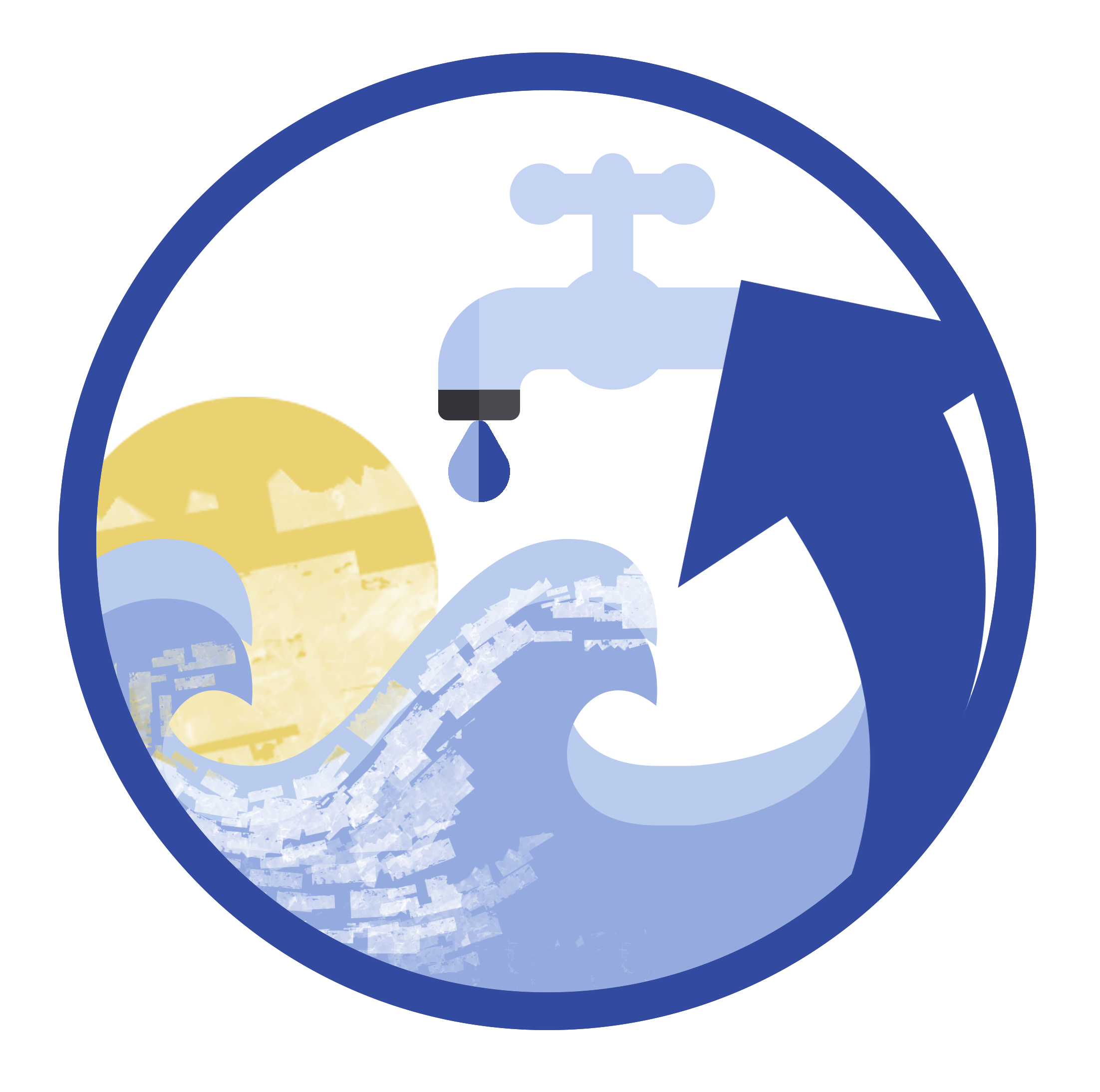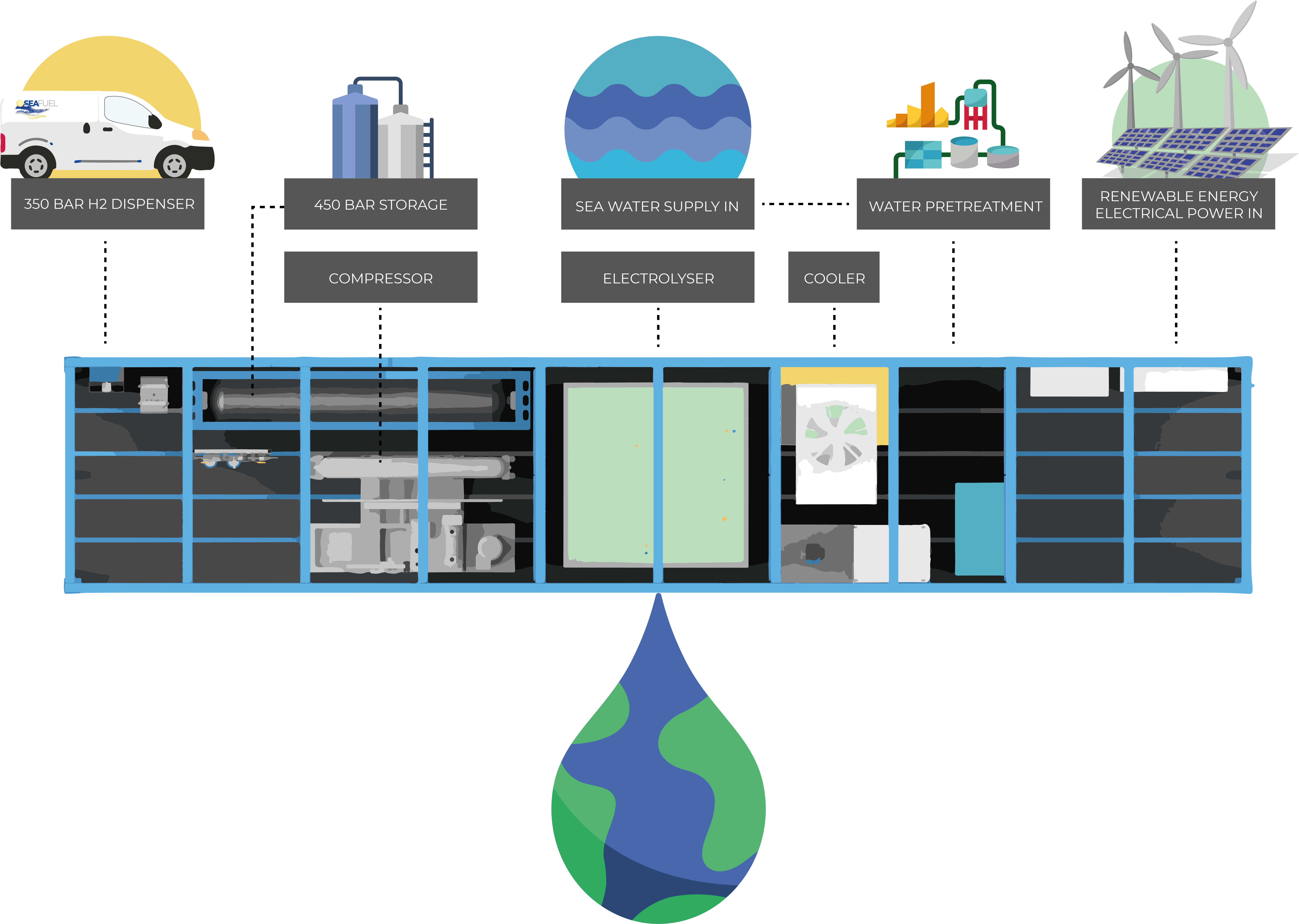H2 Refueling Station
Sustainable integration of renewable fuels in local transportation

Installed renewable energy
51 MW
Our innovative approach is based on the connection of the fuelling station to solar panels, wind turbines and ocean power and generate the fuel based on the availability of the resources.

Desalination plant
125 m3/day (2.4 kW/m3)
With the technological expertise of our partners, by the end of the programme we aim to run the stations from seawater with increased efficiency with the concomitant reduction of costs.

H2 fuelling station
25 kg H2/day at 350 bar
A pilot plant will be installed in Tenerife to produce hydrogen for public vehicles and solar energy will power the fuelling station and the desalination plant.

Technical crew vehicles
Maintenance works
ITER will partially replace the fleet of diesel fuelled vehicles by hydrogen-powered and these will be monitored to report back their performance to the studies.

FAQ
Everything you need to know about hydrogen and SEAFUEL Refueling Station in Tenerife
What is it?
Making Hydrogen?
What is the capacity of the storage tank of a regular H2 car?
Is this fuel dangerous?
How long does it take to fill the tank?
Can a H70 car be filled at a H35 fueling station?
Can hydrogen be used to power cars and buses?
What is the capacity of our fuelling station?
Reach Us
Where to fins us:
H2 Refueling station future location:
Instituto Tecnológico y de Energías Renovables, S.A.
s/n, Polígono Industrial de Granadilla, 38600 Granadilla, Santa Cruz de Tenerife
info@seafuel.eu


